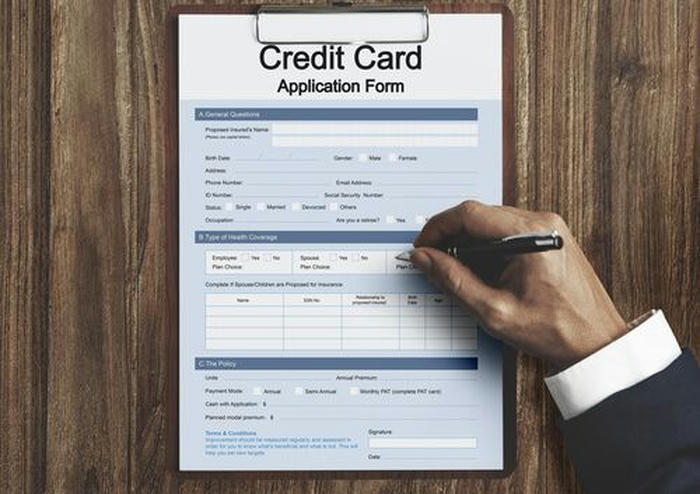Apply for a Credit Card: Unlock Consumer Benefits at Low Cost and Achieve a Richer Life
In an era where inflation strains budgets and digital payments dominate, credit cards have evolved from simple spending tools into powerful financial instruments. When used strategically, they unlock rewards, security, and lifestyle upgrades—all while costing little to nothing upfront. From cashback on groceries to free flights, the right card can transform everyday spending into long-term savings. This article explores how to harness credit cards for maximum benefit, featuring real-world success stories and actionable strategies.
The Modern Credit Card Advantage
Low-Cost Financial Flexibility
Credit cards offer a low-barrier entry to financial perks. No-annual-fee options like the Citi Double Cash provide 2% cashback (1% on purchases, 1% on payments) without upfront costs. Introductory 0% APR offers, such as those from Chase Freedom Unlimited, allow cardholders to finance large purchases interest-free for up to 18 months.
Beyond Spending: Credit Building and Security
Responsible credit card use builds credit scores, a critical factor for securing mortgages or auto loans. Payment history, which accounts for 35% of FICO scores, benefits from consistent on-time payments. Additionally, credit cards often include robust fraud protection, limiting liability for unauthorized charges—a feature rarely matched by debit cards or cash.

Unlocking Consumer Benefits
Choosing the Right Card
Cashback Cards: Ideal for everyday spending. The Blue Cash Preferred Card from American Express offers 6% back on U.S. supermarkets (up to $6,000 annually) and 3% on gas.
Travel Rewards Cards: The Chase Sapphire Preferred awards 60,000 points after spending $4,000 in three months—enough for a $750 travel redemption.
Low-Interest Cards: Cards like Wells Fargo Reflect® offer 0% APR for 21 months on purchases and balance transfers.
Low-Threshold Access
Secured credit cards, such as the Discover it® Secured, require a refundable deposit (e.g., $200) and report payments to credit bureaus, making them ideal for rebuilding credit. Student cards like Capital One SavorOne Student cater to those with limited credit history, offering 3% cashback on dining and entertainment.
Case Studies: Real-Life Wins
Case 1: The Budget-Conscious Family
A Chicago-based family of four earning $65,000 annually prioritized a no-annual-fee cashback card for groceries and utilities. By using the Citi Double Cash for $1,000 in monthly expenses, they earned $240 annually. Combined with rotating 5% cashback categories (e.g., gas, Amazon), total rewards reached $1,200 yearly—funding their holiday savings.
Case 2: The Globetrotting Freelancer
A digital nomad with variable income leveraged the Chase Sapphire Preferred for dining and travel. After meeting the $4,000 spending threshold, she redeemed 60,000 points for a round-trip flight to Paris via Chase’s travel portal. Ongoing rewards from dining (3x points) and travel (2x points) funded a weekend hotel stay in Barcelona.

Qualifying for Larger Credit Lines
Strengthening Applications
Lenders favor applicants with credit scores above 670, stable income, and low debt-to-income ratios (ideally under 30%). Starting with a secured card and upgrading after 12-18 months of responsible use can unlock higher limits.
Tiered Card Options
Starter cards like Capital One Platinum offer initial limits of $300-$2,000. Premium cards, such as the American Express Gold Card, provide limits exceeding $10,000 for qualified applicants.
Smarter Spending: Maximizing Value
Price Protection and Warranties
Some cards, like Citi Price Rewind, automatically refund price drops on eligible purchases within 60 days. Others extend manufacturer warranties by up to two years on electronics.
Partner Offers
The Amex Platinum Card provides up to $240 annually in digital entertainment credits (e.g., Disney+, Hulu). Cardholders can also access discounts at retailers like Uber and Walmart through issuer partnerships.

Avoiding Pitfalls: Responsible Use
The Debt Trap
Carrying balances negates rewards due to high APRs (15-25%). A $5,000 balance at 20% APR costs $1,000 annually in interest—erasing most cashback gains.
Smart Habits
Automating full balance payments ensures debt avoidance. Budgeting apps like Mint track spending patterns, while setting alerts for due dates prevents missed payments.
Expert Tips for Maximizing Value
Layer Rewards: Use shopping portals like Rakuten to earn additional cashback on top of card rewards.
NegotiateFees: After the first year, request waived annual fees or retention offers (e.g., bonus points).
Optimize Redemptions: Travel portals often boost point values. Chase Ultimate Rewards points, for instance, are worth 25% more when redeemed for travel.
“A credit card is a Swiss Army knife for finances—use the right tool for the right job.” – Financial Advisor Jane Doe.
Conclusion
Credit cards democratize access to financial perks, from cashback to luxury travel, with minimal upfront costs. By selecting cards aligned with spending habits and avoiding debt traps, cardholders can unlock significant savings and lifestyle upgrades. Whether funding a family’s holiday budget or a freelancer’s European getaway, strategic credit use transforms everyday spending into lasting value.
“A richer life isn’t about spending more—it’s about spending smarter.”
